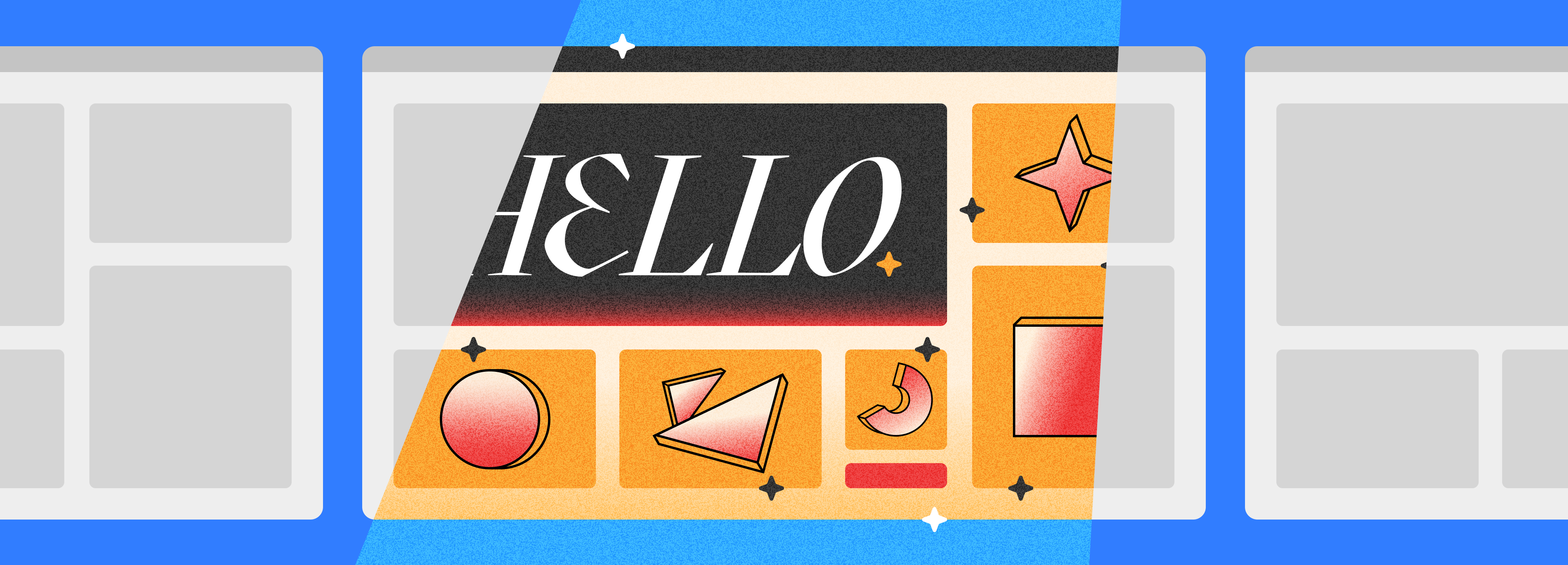
How To Push The Boundaries Of Your Product Brand
Creating a product brand is a lot like defining the perfect bread recipe. As the famed American baker Nancy Silverton shared on Chef’s Table, landing on what became an award-winning bread recipe required months of creative focus and hundreds of attempts after hours.
To succeed, your brand has to be tried, tested, and true to your principles. Perhaps most of all, a good brand isn’t stale; a good brand pushes the boundaries of what’s been done and what consumers tend to expect.
That’s easier said than done, right? We agree. So we’ve created this series to explore what it takes to craft a compelling product brand, fueled by principles & observations from Innovatemap Brand Strategy & Design Principal Andy Kennedy.
We’re starting in this article with what should be at the core of any brand journey: Why and how your brand can push the boundaries of what’s conventional today to stand out in the crowded digital product field.
Own A Color Palette
One of the first steps to pushing the limits of your product brand involves looking at the implications of your chosen color palette. Colors influence perception in both subtle and direct ways, and are often the first step to setting a tone for your brand.
Modern design tools give us incredible control over color palettes. But there’s a science behind this art. Some questions you should be asking yourself:
- Do the chosen colors evoke the tone you want to set as a brand?
- Does that tone align with your desired position in the market?
- What message does your color palette communicate? Does that message align with the product vision you’re selling?
When it comes to pushing boundaries, choosing an unexpected color palette is often the way to go. Just because you’re a SaaS company with a B2B product like Reveal, which helps users “reveal their CRM data,” you don’t have to mimic the uniform of similar brands. In fact, approaches like Reveal’s win because they bring unexpected vibrancy & delight to a brand.
Type Design Is Brand Design
Defining a striking color palette is only one part of the brand equation. You also have to think about how to present a not-so-new concept, written copy, in a fresh and inventive way.
Don’t skimp on planning your type design. The brands that push boundaries realize copy is one of their first touchpoints with customers. Not only is emotion and brand conveyed in the words themselves; we convey an implicit message in the type we choose as the face of our thoughts.
At its core, your copy should first explain what the product does and why it’s important (hello, product marketing). But considering an unusual type, or even original lettering, can be one way to push the boundaries of your product brand.
One of our favorite examples of this in practice comes from Cord and Fingerspelling. While vastly different products, both use small misalignments in type to amplify product brand. In Fingerspelling’s case, the type design reflects how the product actually works; the crooked letters parallel the real process of fingerspelling you’ll learn through the product.
Wordmarks Are Logos, Too
It’s a wild wild west for logos today. We’re seeing everything from motion-based logos (hello there, Block) to even audio logos through sonic branding.
But the newest and shiniest option might NOT be the best way to push your distinct product brand. Sticking with the traditional wordmark logo can push the boundaries of your product brand by “communicating more with less.” After all, good logos are adaptable and stand out in a crowd; being able to do so with a single word can be a mark of mastery and prestige.
Summary
Pushing boundaries doesn’t mean you have to reinvent the wheel. But you do need to be strategic and determine what changes best represent the spirit of your product, and what changes will make your product an unforgettable contribution to the market.
If you found the advice in this article helpful, follow us on betterproduct.community to read the next two articles in our series on how to elevate your brand.



